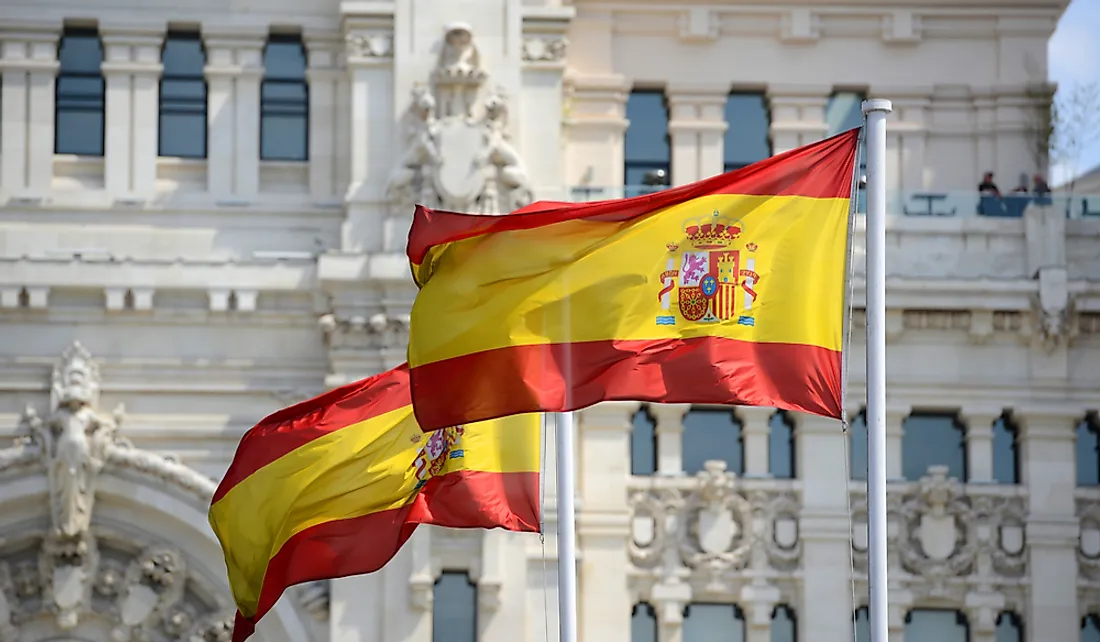Is Spain A Country?

A country is an area recognized as a distinctive international entity in political geography. It is an independent entity with a governing body. A nation has its own citizens who have the same history, cultures, and language. According to the above definition, the Kingdom of Spain in Western Europe is an independent country.
Kingdom of Spain
Spain is a sovereign state which occupies an area of about 195,360sq miles. It is the second largest nation in European Union (EU) and Western Europe and fourth in Europe by area. It is ranked sixth in Europe and fifth in the EU by population. It is a constitutional monarch state with a bicameral legislature and a hereditary monarch. The monarch is King Felipe VI, and the Head of Government is the Prime Minister. Spain has one of the most decentralized nations in Europe along with Belgium, Germany, and Switzerland. Spain had a population of over 46 million residents by 2008. Their population density is about 235 people per sq mile which is lower than most European nations. The natives of Spain are known as the Spaniards, and they make up 88% of the total population.
Location of Spain
Spain is an independent state situated in the Iberian Peninsula in Europe. The Spanish mainland is surrounded by the Mediterranean Sea to the eastern and southern and Atlantic Ocean to the northwestern side. It is also bordered by France, Portugal, Andorra, Gibraltar, and Bay of Biscay. It is composed of two archipelagoes, the two cities of Melilla and Ceuta on the African mainland, the Canary Islands, the Balearic Islands, and numerous smaller islets near the Alboran Sea. It is the only state in Europe which borders an African country (Morocco).
History of Spain
Human beings started arriving at the Iberian Peninsula about 35,000 years ago. The Iberian civilizations together with the Greek, Carthaginian, and Phoenician communities developed in this place until the Romans took over in 200 BCE and named it Hispania. After the Roman Empire collapsed, the Germanic confederations moved to Central parts of Europe and invaded the peninsula. They developed numerous independent realms including the Vandals, Alans, and Suebi. These autonomous territories and the place previously known as Hispania were forcibly integrated by the Visigothic kingdom.
The Moors captured the Visigothic kingdom during the eighth century. The Moors migrated into this region in the year 726 and left a few Christian territories in the north which existed in the Granada Kingdom for seven centuries. There were numerous wars in the Peninsula which led to the establishment of Navarre Kingdom, Aragon Kingdom, Castille Kingdom, and the Leon Kingdom which were the main Christian kingdoms. After the Moors were defeated, the Europeans started the process of recapturing the peninsula a process called Reconquista which resulted in the creation of Spain as a state under the Catholic monarchs in the 15th century.
The Largest Cities in Spain
The capital and largest Spanish city is Madrid which has a population of over 6,052,247 people. The second largest is Barcelona which has over 5,030,679 residents. Barcelona is the largest and capital of Catalonia. Valencia is the third largest Spanish city with over 1,551,582 residents. The port of Valencia is the busiest container port in the Mediterranean Sea.











